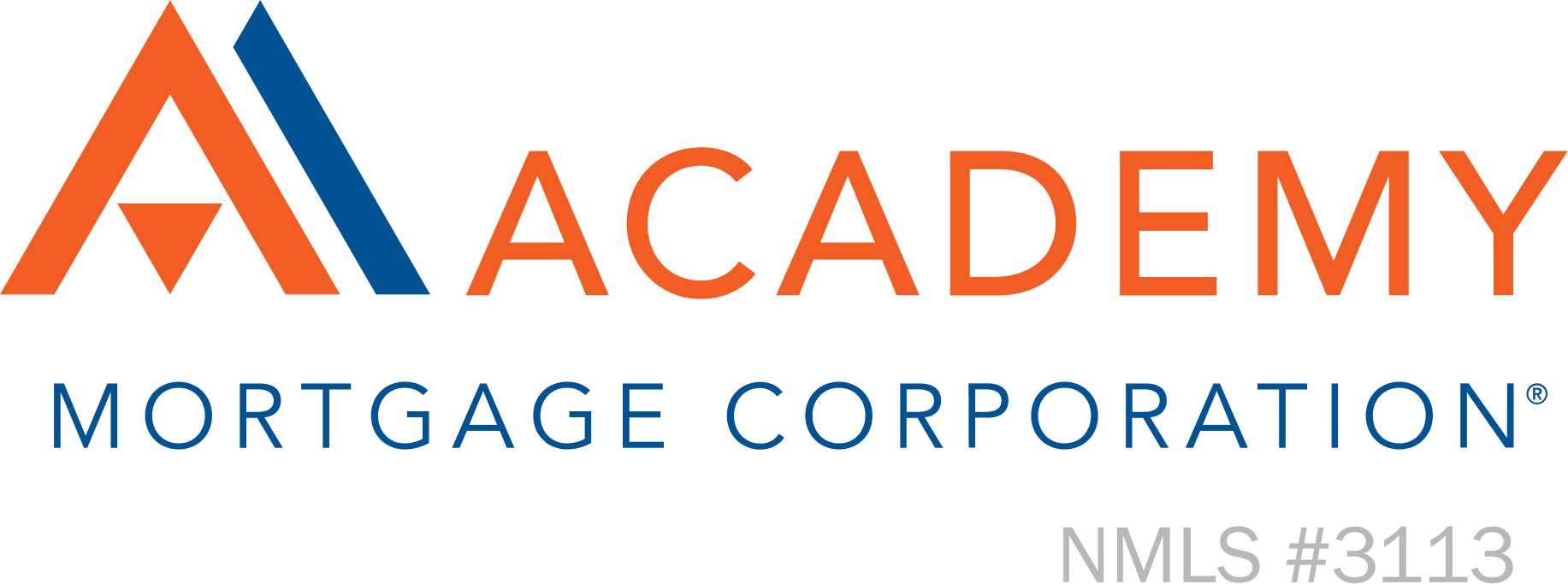6 ways to pay for your home renovations


Credit cards, refinancing, and using a home improvement loan are some examples.
So, you bought a fixer-upper or want to upgrade your current home to better meet your needs. Where to begin? If you, like many homeowners, don’t have the cash to pay for home renovations outright, you could fund your project with one of these options.
What’s the best way to finance renovations?
Here’s how homeowners typically pay for improvements:
1. Credit cards.
Although many financial advisers wouldn’t recommend it, as many as 19 percent* of homeowners have recently used a credit card to cover home improvements, depending on the project. While credit cards are convenient and may be available with introductory interest rates as low as 0 percent for those who qualify, this financing method can get expensive if a balance isn’t paid off in time.
2. Personal loan.
A personal loan is the preferred way to finance renovations for up to 14 percent of homeowners.* Since a personal loan is unsecured, your home won’t be used as collateral. But, unsecured loans may have a higher interest rate. While a personal loan’s rate is likely to be lower than a credit card’s rate, short-term borrowing costs have risen. A personal loan rate may be as high as 12 percent.
Funding comes quickly with a personal loan, usually in smaller amounts than other loan types. So, a personal loan might be a better fit for minor repairs and projects.
3. Cash-out refinance.
A cash-out refinance is a popular way to leverage a mortgage. In this transaction:
- You’ll take out a new loan that exceeds the balance of your existing mortgage if you qualify. Refinance fees also apply.
- You’ll receive the excess in cash, based on the value of equity you've built up in your home, which can be used for home improvements, debt consolidation, or any other purpose.
In the past few years, homeowners have accumulated large amounts of equity. Cashing out can help you put your equity to good use. A cash-out refinance offers flexibility; ultimately, how you use the cash is up to you.
Not only does renovating make your home more livable, but it can also help to increase its value. Contact your local Academy Loan Officer to learn about your options.
4. HELOC.
A HELOC, or home equity line of credit, is a revolving, open-ended credit line that’s attached to your house. It works like a credit card and because it’s secured, may have lower rates. You pay it as you use it; the amount you pay off becomes available to you to use again. You’ll typically need at least 15 to 20 percent equity in your home to qualify. Depending on the lender, you may be able to borrow more at a higher interest rate.
5. Home equity loan.
A home equity loan, sometimes called a second mortgage, is a close-ended loan. The amount you may be approved to borrow is limited to the amount of equity you have in your home. Like a HELOC, you’ll still typically be required to retain around 15 percent equity. In contrast to a HELOC, home equity loan funds will be granted in a lump sum and paid back over an agreed-upon term, ranging from five to 30 years.
Homeowners tend to fund their renovations with home equity loans over HELOCs.*
6. Home improvement loan.
A home improvement loan might also be referred to as a Renovation Loan. A renovation/home improvement loan can be used to purchase a fixer-upper or refinance and make repairs on your existing house. With Academy’s “all-in-one” Renovation Mortgage, the purchase or refinance and renovation are combined into one loan—with one application, one closing, and one monthly payment.
What makes a home improvement loan different from a cash-out refinance?
- With a cash-out refinance, you borrow against what your house is currently worth.
- With a Renovation Loan, you borrow against what your house will be worth after improvements are made.
Using a home improvement loan typically allows you to borrow more for repairs. A Renovation Loan can be a convenient, economical way to make repairs or improvements with a primary mortgage, rather than taking on a second mortgage, home equity line of credit, or other method of financing. A variety of cost-effective Renovation Loans are available, even allowing for luxury improvements like a swimming pool.
Turn a good home into a great one
If you have questions about financing your renovation, your local Academy Loan Officer is here to walk you through it. Get in touch and find out which form of financing makes sense for you.
All mortgage products are subject to credit and property approval. Rates, program terms, and conditions are subject to change without notice. Not all products are available in all states or for all amounts. Additional conditions, qualifications, and restrictions may apply. Please contact Academy Mortgage for more information. MAC2501-2180876.


